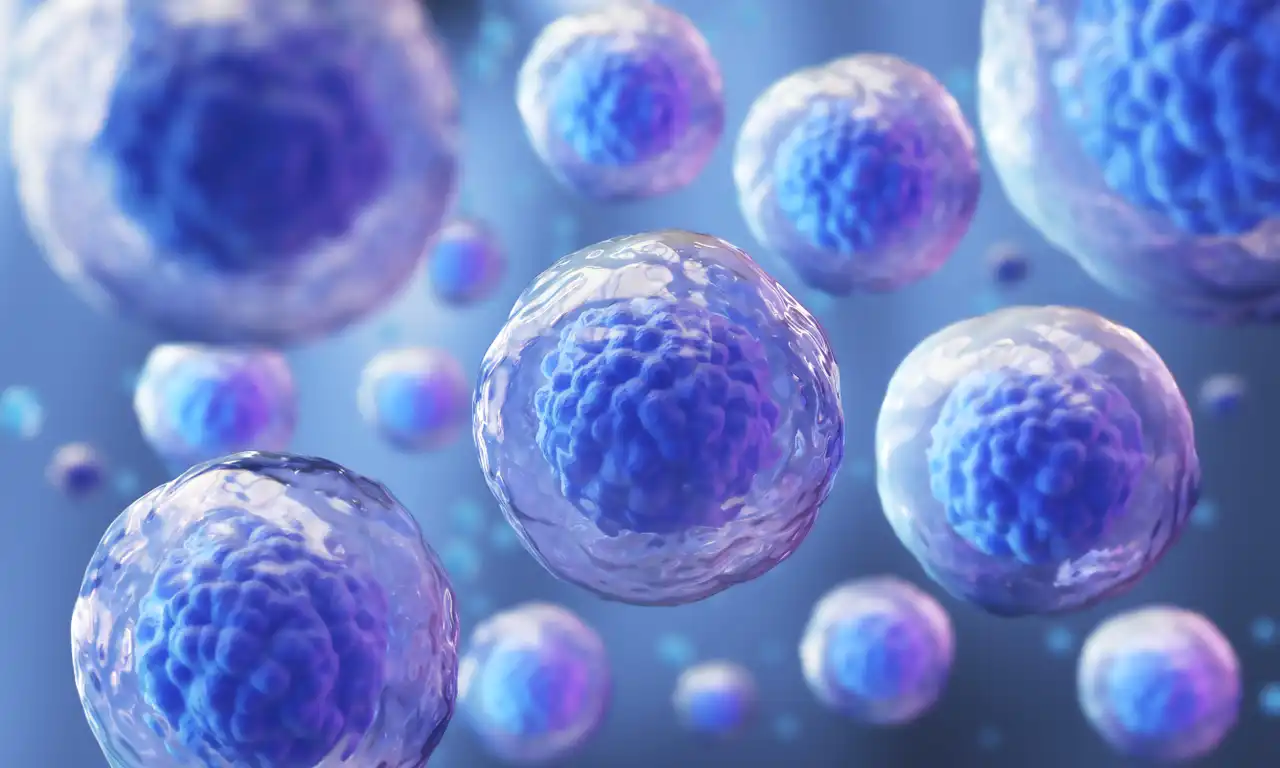Uncategorized
The healing power of stem cells: unlocking their potential

In the realm of medical advancements, few fields have captured the attention and imagination of researchers and scientists quite like the study of stem cells. Stem cells possess an extraordinary ability to transform into different types of cells in the body, offering a promising avenue for regenerative medicine. This article aims to explore the healing power of stem cells and the potential they hold in revolutionizing medical treatments.
Understanding stem cells: Stem cells are unique cells that have the remarkable ability to self-renew and differentiate into various specialized cell types. They can be found in various parts of the human body, including bone marrow, umbilical cord blood, and even certain tissues. These cells play a crucial role in the development, repair, and renewal of tissues and organs throughout our lives.
Unlocking the potential: The potential of stem cells lies in their ability to repair damaged tissues and regenerate organs. When deployed in the right conditions, stem cells can replace or repair dysfunctional or injured cells, promoting healing and restoring normal functionality. This has the potential to revolutionize the treatment of a wide range of diseases, including degenerative disorders, cardiovascular conditions, neurological diseases, and even certain types of cancer.
Regenerative medicine: Regenerative medicine harnesses the power of stem cells to develop innovative therapies. By isolating and culturing stem cells in the laboratory, scientists can manipulate them into specific cell types needed for treatment. These cells can then be transplanted into the patient, replenishing damaged or diseased tissues. Stem cell therapy has shown promising results in treating conditions such as spinal cord injuries, osteoarthritis, and diabetes, among others.
Promising research and clinical applications: Numerous ongoing studies and clinical trials are exploring the potential applications of stem cells. Researchers are investigating their efficacy in treating conditions like heart disease, stroke, Parkinson’s disease, and Alzheimer’s disease. Stem cells are also being used in tissue engineering to create lab-grown organs and tissues for transplantation, reducing the reliance on organ donors and the risk of rejection.
Ethical considerations and regulations: The study of stem cells has not been without controversy. The use of embryonic stem cells, obtained from early-stage embryos, has raised ethical concerns due to the destruction of embryos. However, alternative sources such as adult stem cells and induced pluripotent stem cells (iPSCs) have emerged, minimizing ethical dilemmas. Regulatory frameworks have been established to ensure the responsible and ethical use of stem cells in research and medical applications.
The healing power of stem cells and their potential in regenerative medicine are bringing new hope to patients worldwide. While further research and clinical trials are necessary to unlock their full potential, stem cells have already shown promising results in treating a variety of diseases and conditions. As our understanding of stem cells continues to evolve, it is increasingly evident that these tiny building blocks hold immense potential for transforming the future of medicine and providing new avenues for healing and improving quality of life.


